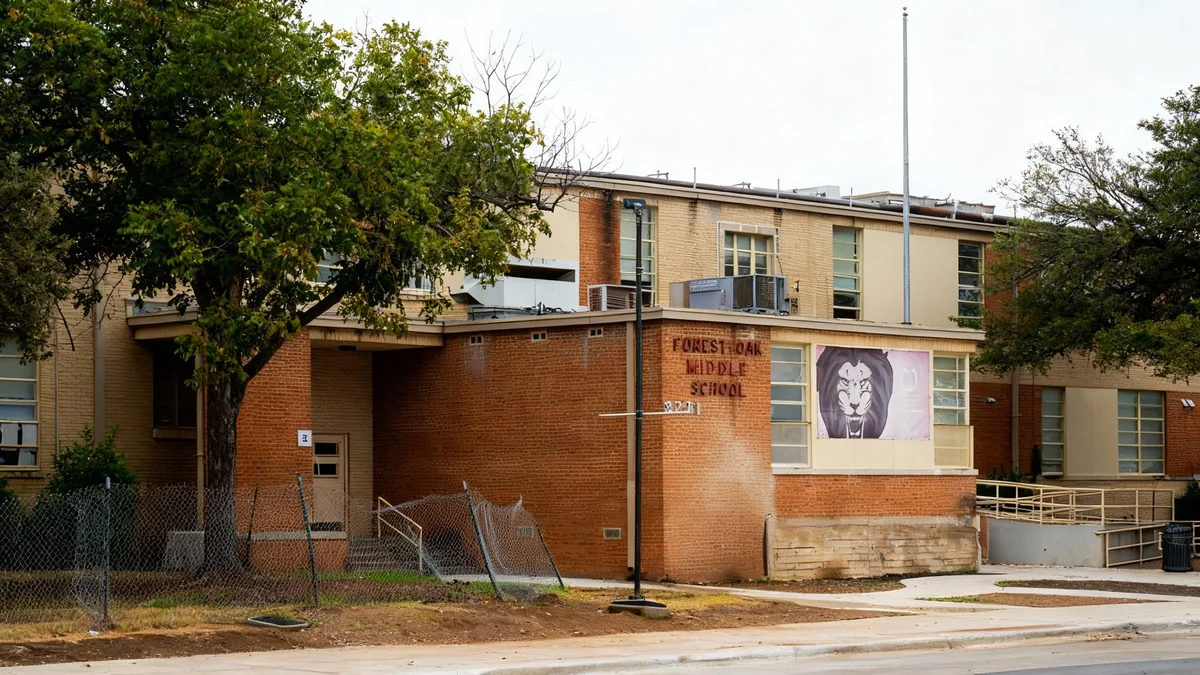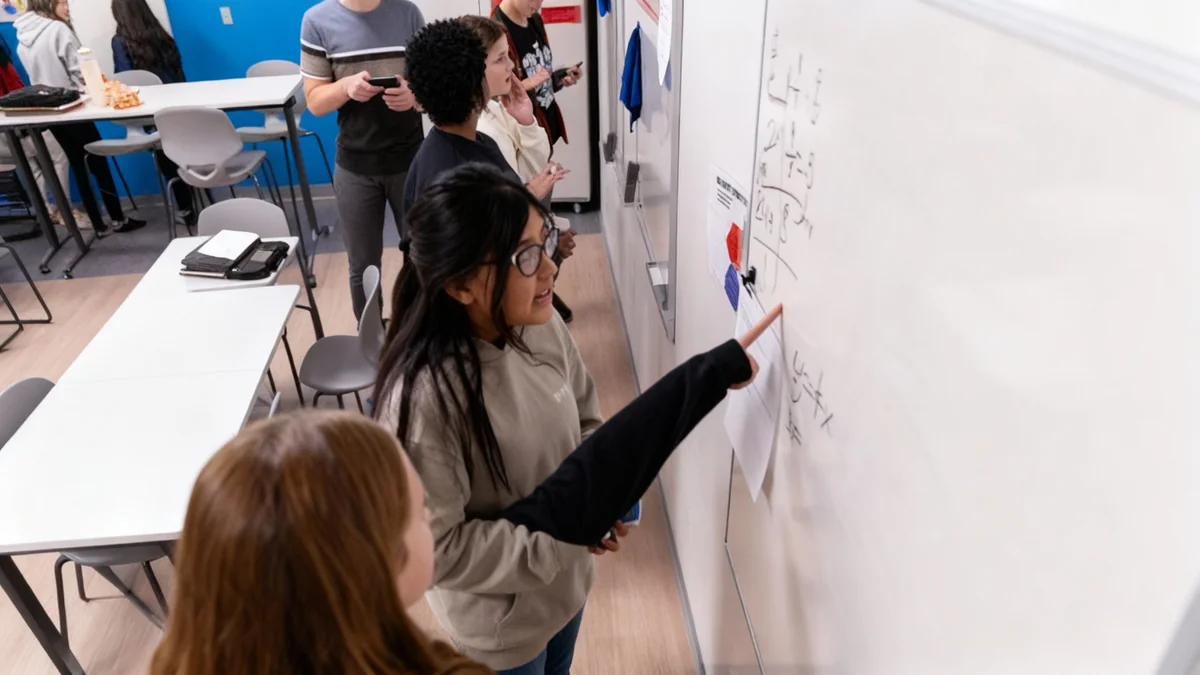The United States issued significantly fewer student visas in August 2025, marking a nearly 20% decrease compared to the same period last year. New federal data reveals a particularly sharp decline in students arriving from India, which saw a drop of over 44%, raising concerns about the impact of recent immigration policy changes on international education.
Key Takeaways
- Student visa issuances fell by 19.1% in August 2025 compared to August 2024.
- Student arrivals from India experienced the most significant drop at 44.5%.
- Other major source countries like China and South Korea also saw declines of 12% and 11%, respectively.
- Policy shifts, including visa processing delays and proposed changes to post-study work programs, are cited as potential factors.
- Contradictory data from the SEVIS system suggests a slight overall increase of 0.8% in the total international student population for the year.
Detailed Look at the August 2025 Decline
According to figures released by the U.S. International Trade Administration (ITA), the number of international students entering the country in August 2025 saw a substantial reduction. The data, which tracks visa issuances, shows a 19.1% overall decline from the previous year. August is traditionally the busiest month for international student arrivals ahead of the fall academic semester.
In total, the U.S. issued approximately 313,138 student visas during this period. This figure represents a significant downturn and points to a potential shift in the preferences of international students considering the United States for higher education.
By the Numbers
The total number of student visas issued in August 2025 was 313,138, a 19.1% decrease from the figures recorded in August 2024. This data does not account for students arriving from Canada or Mexico, who often have different entry requirements.
Impact on Major Source Countries
The decline was not evenly distributed among all nations. The most dramatic decrease was observed among students from India, which has historically been one of the largest sources of international students for American universities.
A Steep Drop from India
Data indicates that arrivals from India fell by an alarming 44.5%. This translates to approximately 41,540 fewer Indian students coming to the U.S. in August 2025 compared to the same month in 2024. This sharp reduction suggests that prospective students from India may be reconsidering their study-abroad destinations.
Other key countries that send large numbers of students to the U.S. also recorded notable decreases. Arrivals from China were down by 12%, while South Korea saw an 11% drop. These figures highlight a broader trend of declining interest from top-sending regions in Asia.
Policy Changes and Visa Processing Issues
Several policy and administrative factors are believed to have contributed to the decline. The administration of President Donald Trump has introduced a series of measures that have created uncertainty for international students.
Background on Recent Immigration Policies
In recent years, the U.S. government has implemented stricter immigration enforcement. This includes a travel ban affecting 19 countries, increased visa revocations, and more frequent deportation proceedings. These actions have created a less welcoming environment for some international visitors, including students.
Administrative hurdles have also played a significant role. This summer, a temporary suspension of new visa interviews caused major delays at U.S. embassies and consulates worldwide. Additionally, the introduction of new social media screening procedures for visa applicants has added another layer of complexity to the process, potentially deterring some applicants.
These delays made it difficult for some accepted students to obtain their visas in time to travel to the U.S. for the start of the fall semester.
Conflicting Data Presents a Complex Picture
While the August arrival data from the ITA paints a concerning picture, other sources suggest the situation may be more nuanced. A single month of data may not fully represent the entire academic year's enrollment trends.
Data from the Student and Exchange Visitor Information System (SEVIS) offers a different perspective. Recently released SEVIS figures indicate that the total number of active international students in the U.S. actually increased by 0.8% this year. This contradicts earlier estimates that predicted a fall of as much as 15%.
"The contrast between the sharp drop in August arrivals and the slight annual increase in the total student population suggests a complex situation. It could indicate that while new student enrollment is down, retention of existing students remains strong, or that students are arriving at different times of the year."
This discrepancy highlights the importance of analyzing multiple data sources to understand the full landscape of international student enrollment in the United States.
Future Concerns for International Students
Beyond the immediate visa challenges, prospective students are also weighing proposed policy changes that could affect their ability to work in the U.S. after graduation. These concerns are creating additional uncertainty and may be influencing their decisions.
Key proposals that are causing apprehension include:
- Changes to Optional Practical Training (OPT): The OPT program allows international students to work in the U.S. for up to three years after graduation in their field of study. Proposed changes could subject student earnings under this program to new taxes, reducing its financial appeal.
- Modifications to the H-1B Visa: The H-1B visa is a primary pathway for skilled international graduates to gain long-term employment. Recent modifications include a substantial new fee of $100,000, which could make it prohibitively expensive for employers to hire international talent.
These potential changes to post-study work opportunities are a significant factor for many international students, particularly those in STEM fields, who often rely on programs like OPT and H-1B to gain practical experience and launch their careers.





